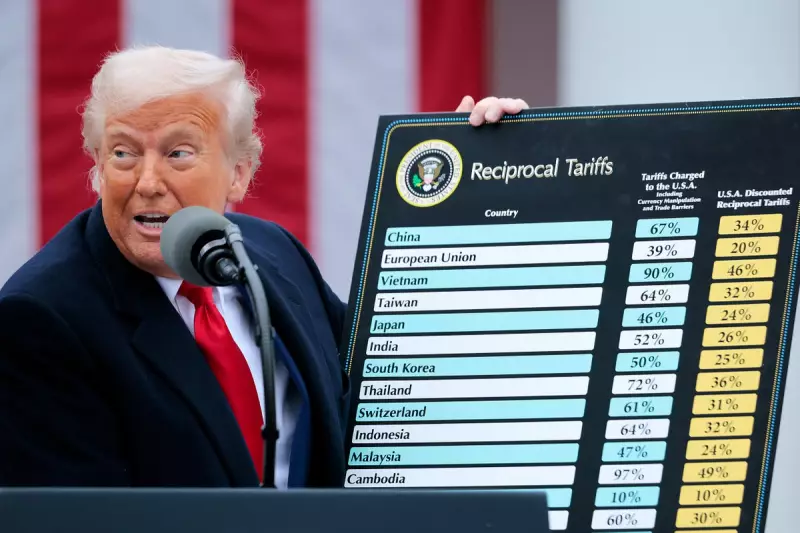
Former US President Donald Trump has reignited debates on trade policy with his latest proposal to impose tariffs on all imports if re-elected. This bold move could reshape global trade dynamics and drive up costs for consumers worldwide.
The Tariff Proposal
Trump’s plan would introduce a universal baseline tariff on imported goods, potentially set at 10%. This strategy mirrors his previous trade policies, which included significant tariffs on Chinese goods during his presidency.
Economic Implications
Economists are divided on the potential outcomes:
- Proponents argue that tariffs protect domestic industries and jobs.
- Critics warn of higher consumer prices and possible trade wars.
The Peterson Institute for International Economics estimates that such tariffs could cost the average American household up to $1,700 annually.
Global Reactions
International trade partners have expressed concern:
- The EU has hinted at retaliatory measures.
- China may reconsider its trade agreements with the US.
- Developing economies reliant on exports fear market instability.
What’s Next?
While the proposal remains speculative until the 2024 election, businesses are already assessing potential supply chain disruptions. Analysts suggest companies might:
- Shift manufacturing back to the US.
- Absorb costs rather than pass them to consumers.
- Seek alternative markets with lower trade barriers.
The coming months will reveal whether this becomes a key election issue and how markets respond to the possibility of sweeping tariff changes.





